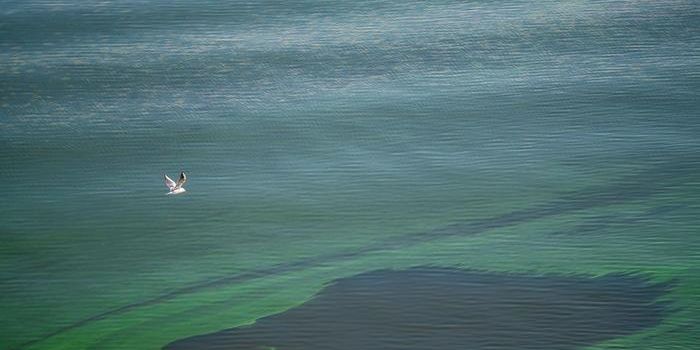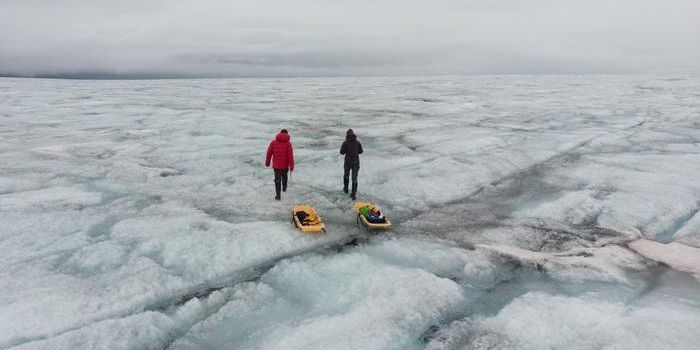Pottery Discovery Upends Aboriginal History Assumptions
Humans have been painting on rocks and in caves for tens of thousands of years. Some of the oldest rock art made by people could be as much as 73,000 years old, while the oldest cave art has been found in Indonesia and dates back about 40,000 years. Aboriginal people in Australia have also been making art for tens of thousands of years; some have said theirs is the oldest, unbroken tradition of artistic creation in the world. This art includes a variety of items and skills such as cave painting and bark art.
Scientists have now discovered Australia's oldest example of pottery, in an area off the coast of Queensland called Jiigurru/Lizard Island. This discovery has suggested that Aboriginal Australians knew how to create pottery before Europeans arrived, challenging assumptions about the history of Aboriginal people and of pottery in Australia. The findings have been reported in Quaternary Science Reviews.
Over the course of two years, archaeologists dug in areas of Jiigurru. They found evidence that people had lived there long ago, such as shellfish and fish remains that are over 6,000 years old, said Distinguished Professor Sean Ulm of James Cook University, who is also a Chief Investigator for the Australian Research Council Center of Excellence for Australian Biodiversity and Heritage (CABAH).
"Less than a meter below the surface, the team found dozens of pottery shards dating between 2,000 and 3,000 years old—the oldest pottery ever discovered in Australia."
Professor Ulm said the discovery challenges previous notions that Aboriginal Australian communities were unaware of pottery creation before European settlement, and instead suggests that there was a complex history of long-distance cultural exchanges and technological innovations long before the arrival of the British.
"Every bit of knowledge we gain helps us tell the story of country. Research projects like this help us all to understand country better and help us to understand how to look after country," said Ngurrumungu Elder Brian Cobus.
Ulm noted that this work shows that the Aboriginal communities in the North Queensland area were connected to people who lived in New Guinea and who also made pottery.
"These findings not only open a new chapter in Australian, Melanesian, and Pacific archaeology but also challenge colonialist stereotypes by highlighting the complexity and innovation of Aboriginal communities," added CABAH Chief Investigator Professor Ian McNiven of Monash University.
McNiven noted that there were ancient international maritime networks linking these communities, and Jiigurru marks the southern extent of these maritime networks.
"These networks facilitated the exchange of objects and ideas between Australian and New Guinean coastal communities over the past 3,000 years. While some objects, like cone-shell body adornments and bamboo smoking pipes indicate widespread sharing of culture and ideas, others such as pottery also suggest the sharing of technology."









